
In the 1930s, long-range aviation was rapidly developing in the Soviet Union. In 1938, three women formed a crew aimed to break yet another flight record. But, the route to glory cost them dearly.
Immediately after the crew, led by legendary Soviet pilot Valery Chkalov, successfully conducted the first non-stop flight from the USSR to the U.S. via the North Pole, the Soviet female pilots appealed to Stalin to allow them to set another record. They asked to allow them to fly from Moscow to the U.S. via the North Pole. The proclaimed purpose of the flight was to set an international women’s record for the longest flight.
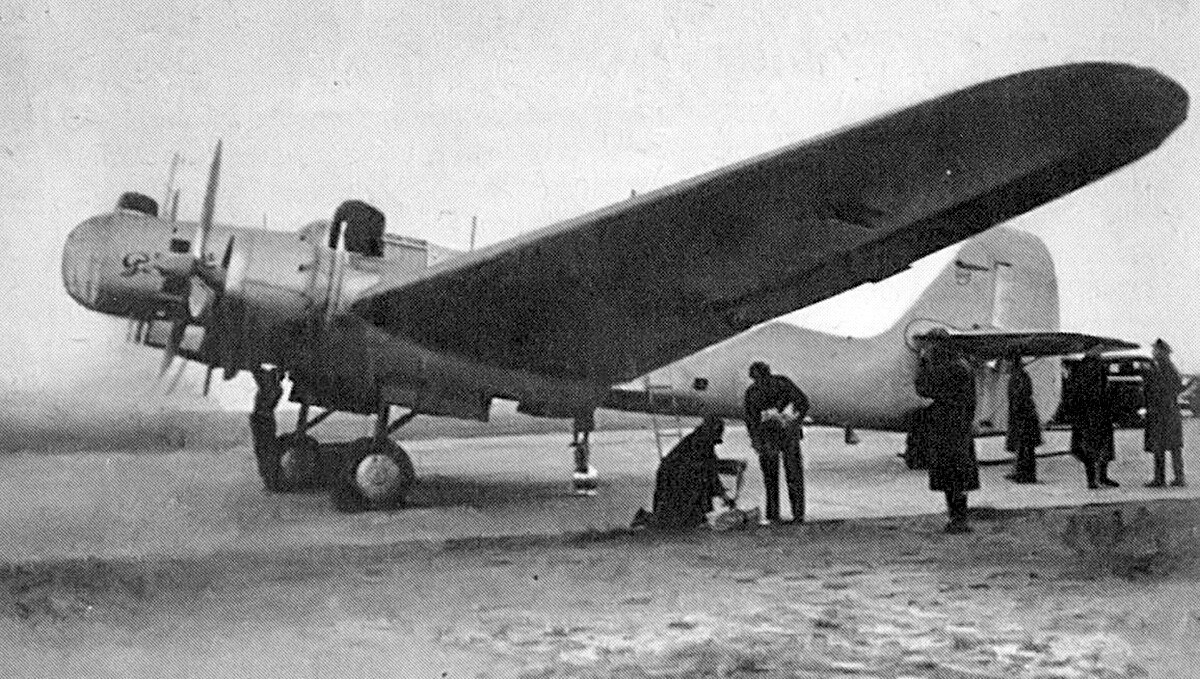
Long-range bomber "Rodina"
Public domainSoviet leadership seized the opportunity and approved the daring plan of the female pilots. However, they changed their destination. Instead of the U.S., the female crew would fly to the Soviet Far East.
The airplane type and the lineup of the crew were confirmed by August 1937. The airplane of choice was the Soviet twin-engined long-range bomber Tupolev ANT-37 nicknamed “Rodina” (translates as “Motherland”). The crew consisted of three young women.
Twenty-seven-year-old Valentina Grizodubova was approved as the aircraft commander. Despite her young age, Grizodubova had established herself as an experienced pilot. Enrolled in the Red Army Airforce in 1936, she performed multiple record-breaking flights in terms of speed and attitude. More importantly, she also had one long-distance flight in her portfolio. When it came to setting another world record, the Soviet authorities had their money on Grizodubova.
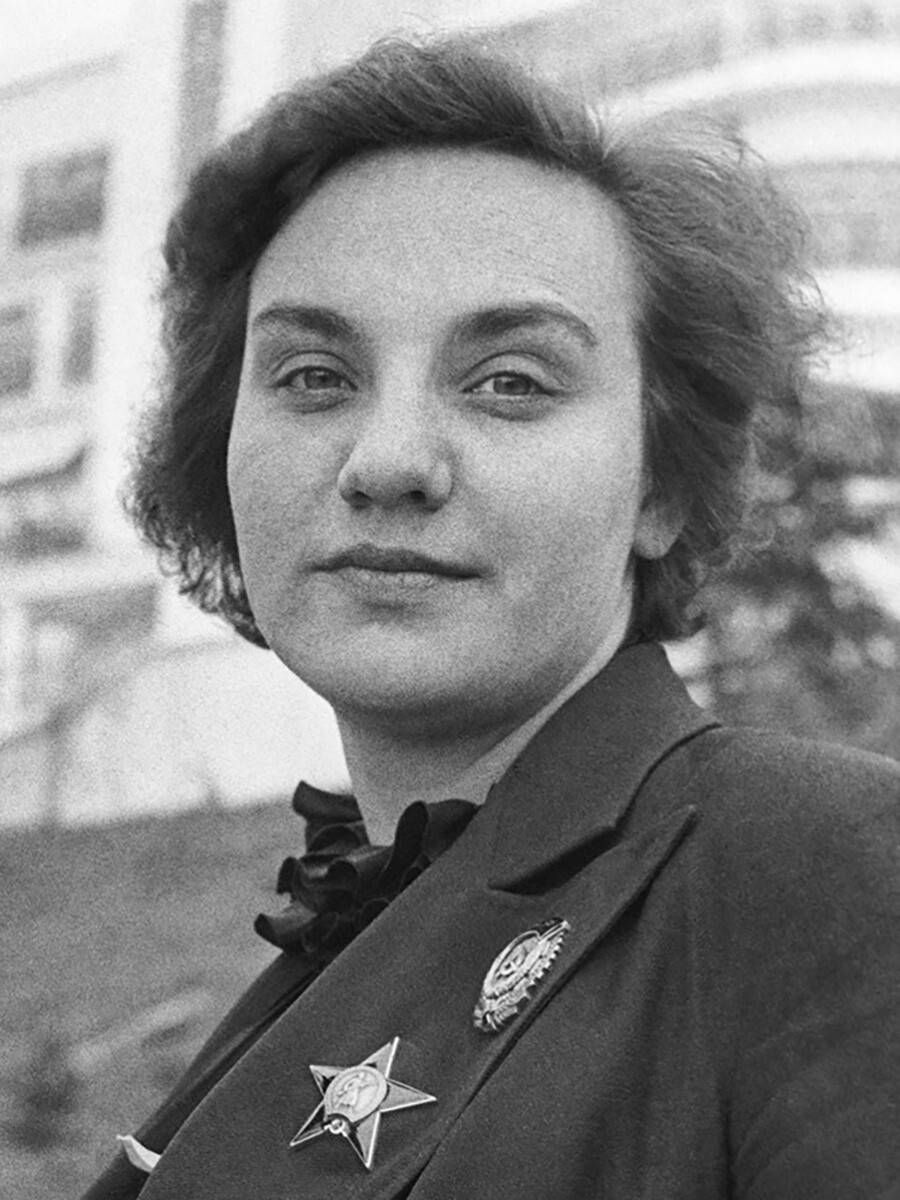
Soviet long-range pilot Valetina Grizodubova.
Public domainThirty-year-old Polina Osipenko was picked as Grizodubova’s co-pilot and the second member of the crew. Osipenko went against all odds to forge her way into aviation. Growing up in a peasant family, young Osipenko did not receive proper education and barely knew how to read and write. Once, she saw an airplane and set her mind on becoming a pilot. She applied to an aviation school in Kacha near Sevastopol, but failed the entrance exams.
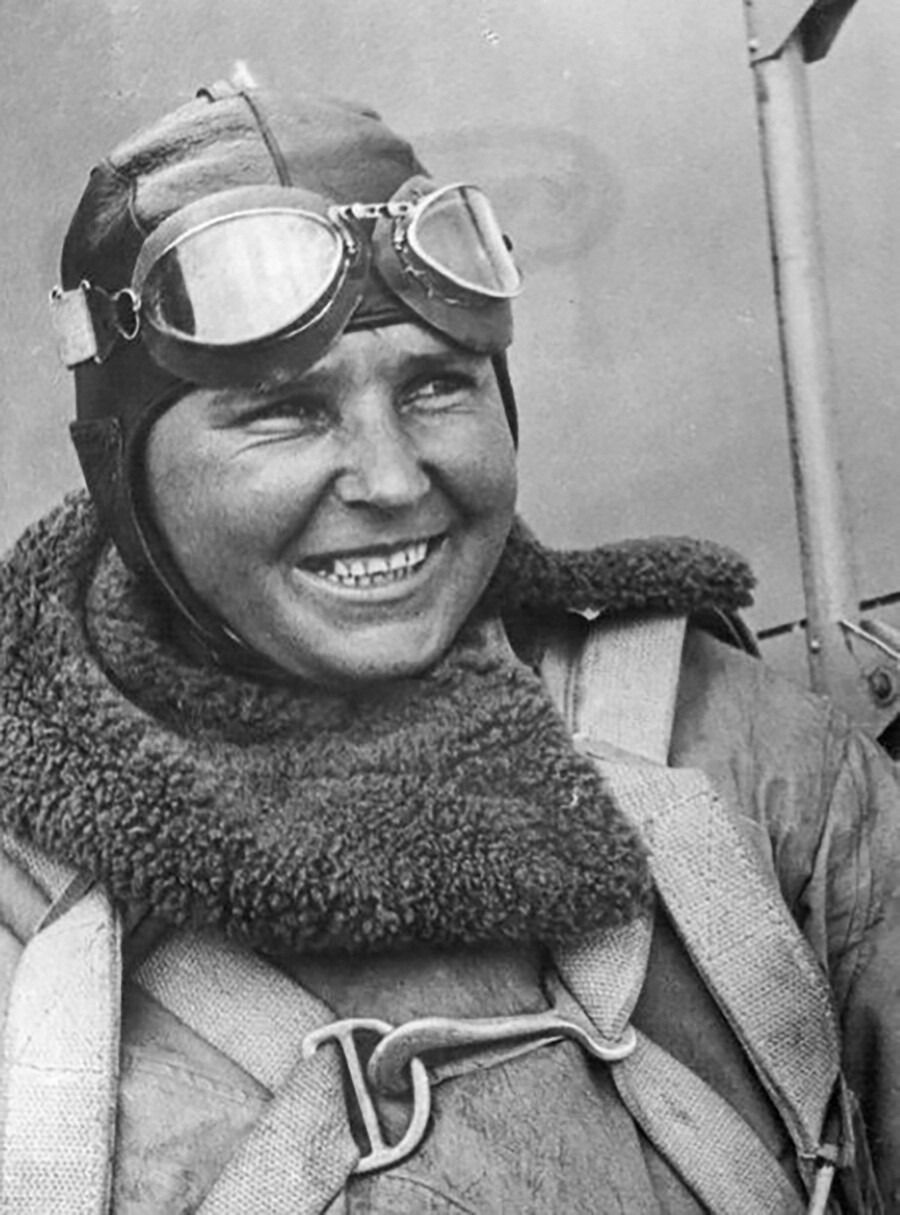
Polina Osipenko
Public domainInstead of abandoning her dream, Osipenko took a waitress job in a canteen frequented by pilots. After a while, the woman wrote a letter to the People’s Commissar of Defense Kliment Voroshilov with an off chance request to let her study the craft of aviation along with other pilots. Surprisingly, the request was granted. Osipenko was admitted to Kacha Military Aviation School from which she successfully graduated in 1932. Learning about the coming record-breaking flight, Osipenko agreed to the less prestigious position of a co-pilot hoping to become a part of Soviet aviation history.
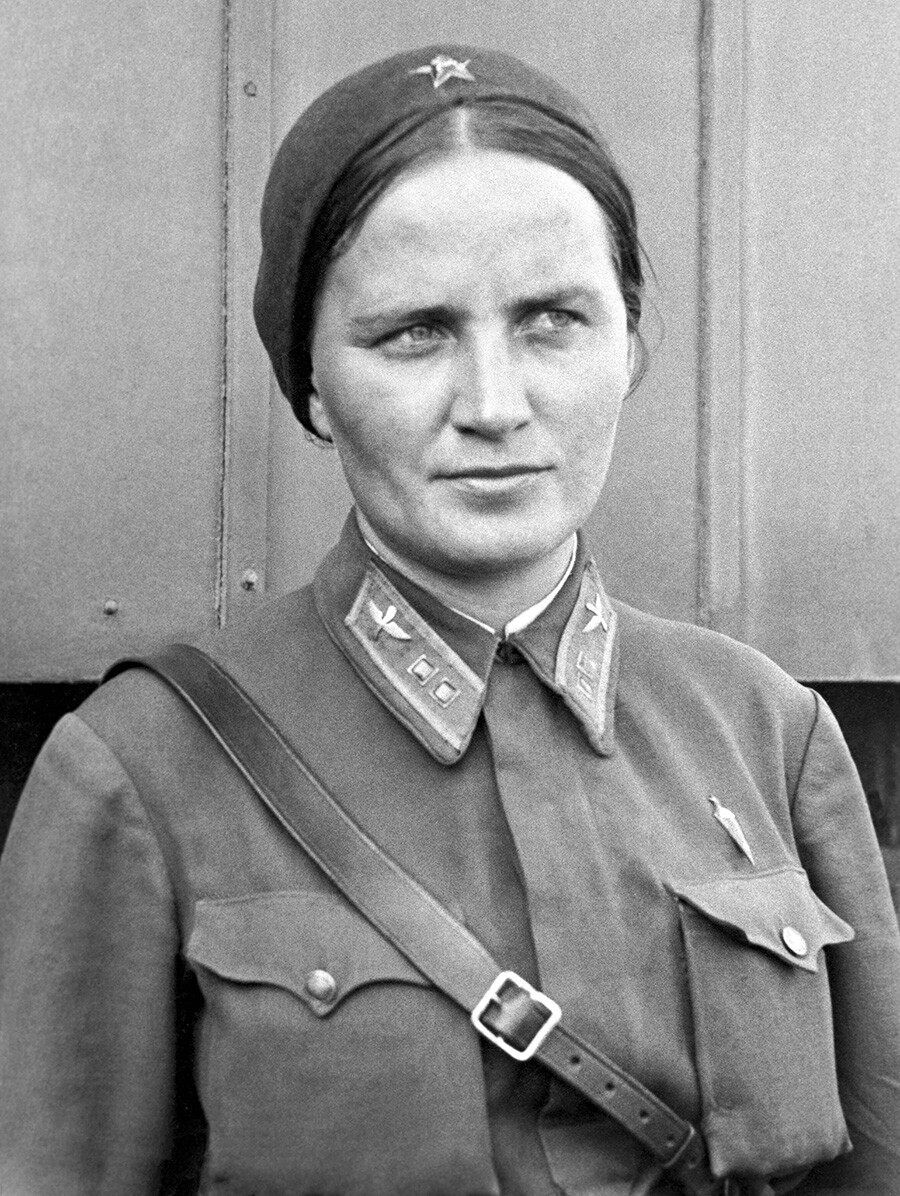
Marina Raskova.
Public domainThe last member of the crew, in the capacity of navigator, would be Marina Raskova. The 27-year-old woman learned to fly when she worked as a draftswoman in the Aeronautical Department of the Zhukovsky Air Force Engineering Academy. Secretly, she was also in the ranks of the NKVD, the interior ministry in the early years of the Soviet Union. Despite objections from the leader of the crew, who doubted Raskova was qualified enough for the undertaking, the woman was approved as navigator for the coming flight and the last member of the crew.
On the day of the historic flight, troubles started on the runway where the twin-engined long-range bomber Tupolev ANT-37 awaited the crew members.
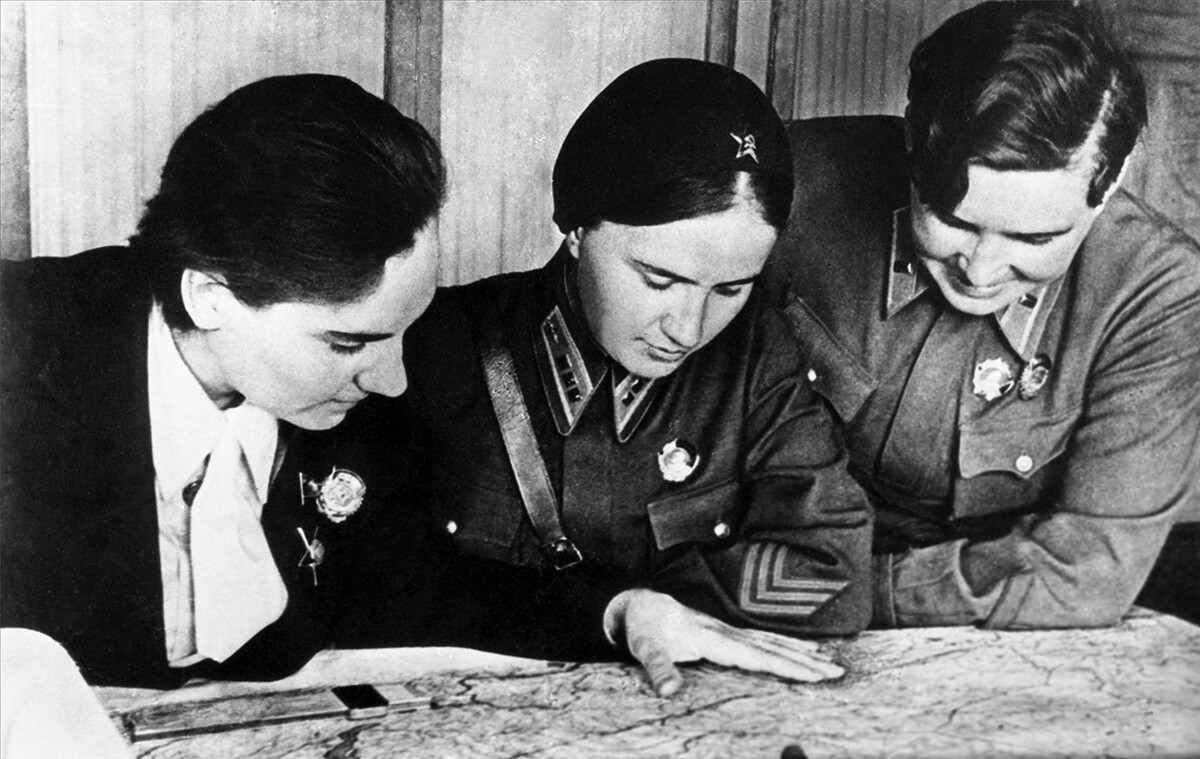
Heroes of the Soviet Union female pilots (from left to right) Valentina Grizodubova, Polina Osipenko and Marina Raskova.
Evgeny Leonov/SputnikThe airplane was made with shiny silver paneling with red stars painted on the lower surface of the wings and fuselage and a large inscription that read: “Rodina” (translates as “Motherland”). The plane had an emergency supply of food on board that could be used in case of a forced landing in uninhibited lands of Russia’s Far East. The crew members were also provided weapons, ammunition and a flare gun.
The plane took off at 8:16 am on September 24, 1938, from an airfield near Shchelkovo, Moscow Region.
“Troubles began almost immediately after takeoff. Approximately after 150 kilometers, the plane entered clouds and we did not actually see land until the landing. The most unpleasant and unexpected thing, however, was that soon all radio equipment onboard - both receiving and transmitting - failed. While Polina Osipenko was a high-class pilot, Marina Raskova as a navigator had no special education and had spent only about 30 hours in the air. She did not have the slightest idea about flying in extreme conditions, especially at night,” said Grizodubova later.

Left to right: Polina Osipenko, Valentina Grizodubova, and Marina Raskova.
Public domainSome researchers of the incident believe that the crew revealed the failure of the radio equipment before the takeoff. According to this unconfirmed theory, Grizodubova ordered the takeoff without reporting the problem, because she feared that the mission would be aborted otherwise.
In any case, the crew had to navigate toward their destination in the dark. “My greatest fear was leaning too far to the right and crossing the state border [with China]. Then nothing would have saved us,” said the crew leader later.
In spite of everything, the crew managed to stay on the right course. Clouds dispersed, the horizon brightened and the women saw the Tugur Bay in the Sea of Okhotsk. The final destination of the flight was achieved, but there was a problem: the fuel light on the dashboard was flashing, signaling that there was only enough fuel for 30 more minutes in the air.
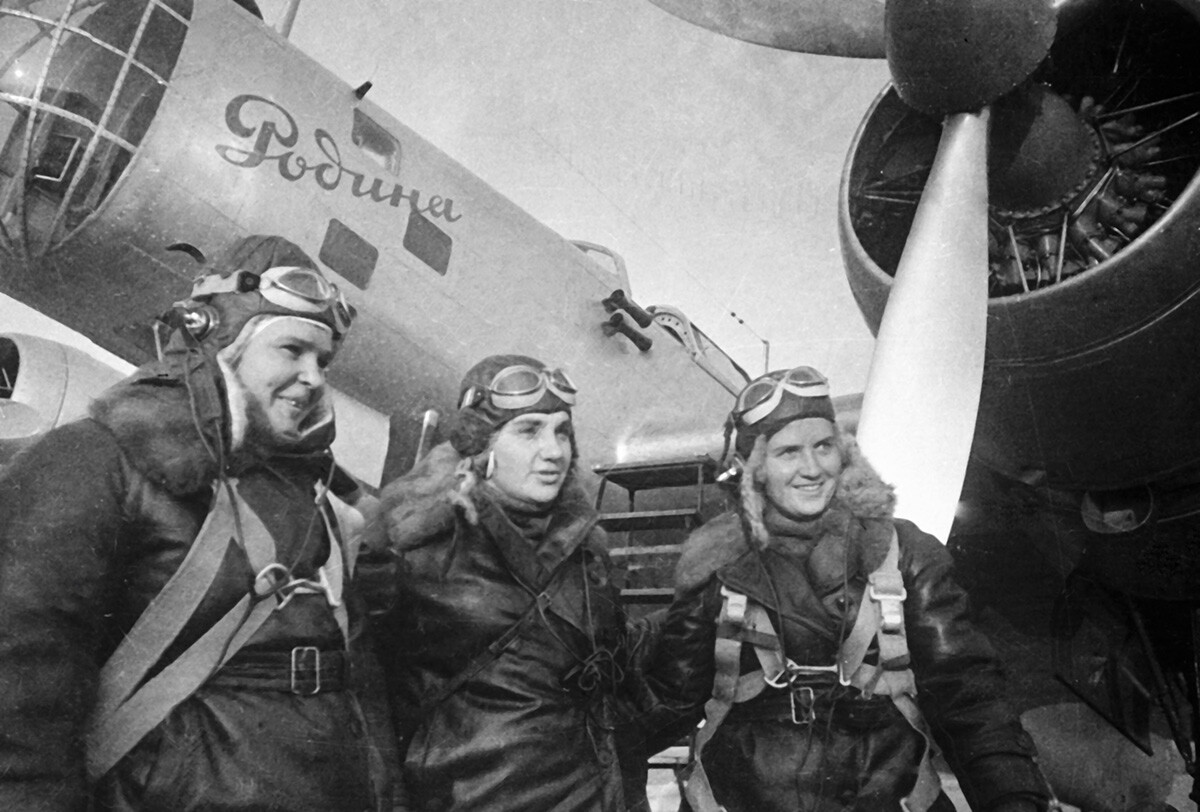
So, the captain decided to perform an emergency landing on the vast swamps below. Grizodubova ordered Raskova to eject with a parachute, because she feared that her chance of surviving during a forced landing was slim, as she believed her particular location in the cabin was vulnerable to an impact.
Grizodubova later described the landing: “The engines are off, all systems are shut down - we are planning a landing. I could see clearly that we were landing in a swamp. I clamped my left hand to the side and waited for the touchdown. We landed safely. Not a single window was broken. I reached the shaky, wobbly ground. Dead silence all around. I looked at my watch: 10.45 Moscow time, September 25th…”
The search and rescue mission started as soon as the estimated flight time expired. Multiple airplanes and hundreds of local pathfinders were mobilized to track down the airplane and the crew. The search covered a vast area between the port of Ayan in the Sea of Okhotsk and Khabarovsk.
The plane was found on the ninth day of the search and rescue mission.
A pilot who saw the airplane first described the moment:
“I knew the Far East well. I flew there on many routes. The western steep shore of the Amur River is covered with impassable bogs. The area around Amgun River is swampy, but it’s more convenient for landing, because there is less water. Therefore, I checked these places particularly carefully. After two hours of searching, I noticed a spot with a continuously changing configuration. I went down from 700 to 50 meters. The spot turned out to be a twin-engine plane. Nearby, two people were shaking their unfolded parachute canopy in an effort to draw my attention. I doubted that I had found the ‘Rodina’, because its crew consisted of three people. And I could not see the name of the plane. I descended to a low dive, but I still did not understand anything. We learned later that the word “Motherland” was written on the underside of the wings and on the sides of the fuselage, so it was impossible to see it from above.”
Marina Raskova, who had jumped with a parachute before landing, reached the site of the emergency landing only on October 6, after miraculously ten days of wandering through the swamps.
As it turned out later, the airplane stayed intact, despite the forced landing. On November 2, 1938, Grizodubova, Osipenko and Raskova became one of the first women who were awarded the title Heroes of the Soviet Union, the highest honor in the USSR.
Dear readers,
Our website and social media accounts are under threat of being restricted or banned, due to the current circumstances. So, to keep up with our latest content, simply do the following:
If using any of Russia Beyond's content, partly or in full, always provide an active hyperlink to the original material.
Subscribe
to our newsletter!
Get the week's best stories straight to your inbox